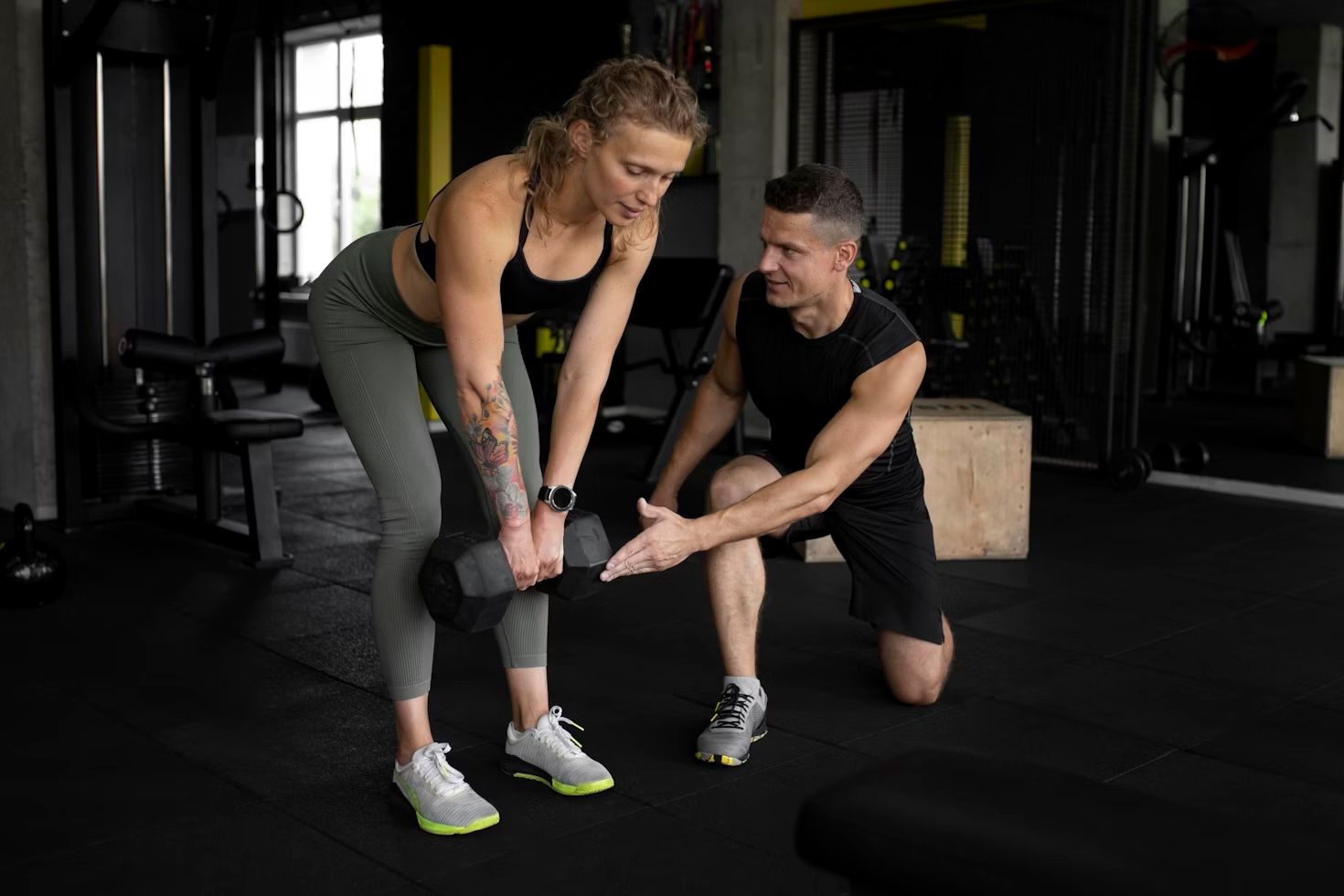Why Some Post-Surgery Exercise Plans Fail
Starting up an exercise plan after surgery is a smart move, but it's also tricky to get right. A lot of people head back into the gym thinking they can pick up where they left off. That doesn't always work out.
Whether it’s due to limited mobility, pain flare-ups, or tiredness that won’t go away, recovery can take unexpected turns. Many folks walk into their first post-surgery workouts with high hopes, only to feel discouraged when results are slow or their body doesn’t respond the way they hoped.
This frustration usually doesn't come from a lack of effort. It often comes from the plan itself. A recovery workout that isn’t built around the individual, where they're at, how they’re healing, and what surgery they’ve had, can fall apart pretty fast. Post-surgery plans tend to miss the mark when there’s too much guesswork involved.
At Live Oak Fitness in Decatur, we’ve seen how important it is to create a plan that lines up with recovery speed, personal strength levels, and real-life daily energy.
Unrealistic Expectations and Slow Recovery
One of the biggest issues people face after surgery is expecting their body to return to full strength overnight. When someone’s used to being active, it’s tough to suddenly move more slowly or lift lighter. But expecting too much too soon can cause problems that stretch out recovery even longer.
In Decatur, people love staying active year-round. That’s a great mindset, but it can actually backfire after surgery. The outdoor weather might be nearly perfect, and others may be out exercising, which adds pressure to jump back into movement full speed. But surgery recovery doesn’t run on a normal workout calendar. It has its own rhythm.
Trying to match your pre-surgery pace or abilities is one common mistake. The comparison game rarely helps, and it can do more harm than good. These unrealistic expectations often lead to:
- Overuse or strain on healing tissues
- Mental burnout from constant frustration
- Skipped recovery steps to "catch up"
- A cycle of flaring up pain and starting over
The better option is to start with modest, specific goals that build momentum. Focus on being consistent, not perfect. For example, instead of aiming to jog three miles like you did before surgery, start with a short walk and a few slow stretches. Track how your body responds, then make small changes over time.
The more you match your plan to how you feel now, the more progress you’re likely to see down the road. Taking each step with patience gives your body the chance to rebuild instead of rushing through it.
Self-Guided Plans Fall Short Without Help
Personalized guidance makes a big difference after surgery, especially in the gym. People in Decatur who go back to exercise without the help of a qualified trainer often miss key pieces of recovery. What seems like a simple workout on paper might actually set you back if it ignores your body’s current limits.
Trying to put together your own routine based on what you did prior to surgery or using general workouts found online can come with risks. A once safe plan may now involve strain or force your body into movement patterns that no longer fit how you move. Without someone trained to spot these shifts, you might not even realize you’re doing more harm than good.
Here’s how a professional can help:
- Adjust workouts around the type of surgery you had
- Spot issues with movement or posture before they cause injury
- Keep workouts safe but still challenging enough to build strength
- Help you set realistic short-term goals to stay motivated
Even a basic recovery workout needs to be planned with care. You want each move to serve a purpose, not just fill time. Working with a trainer removes the guesswork so you can focus on improving a little at a time instead of questioning every exercise. Having someone knowledgeable on your side during recovery means you’re less likely to drift into unsafe patterns or plateau early.
Standardized Plans Don’t Fit Every Body
It’s easy to grab a generic recovery workout off the internet and hope it’ll do the job. But when it’s your body and your healing, it needs more than a template. People often find that what works for one person might not work at all for someone else, especially after surgery. Differences in age, surgery type, activity levels, and how the body responds to movement all factor in. A plan that skips over those details won’t leave much space for progress.
Take two people who’ve both had knee surgery. One might bounce back with light exercises in a few weeks. The other might take longer, needing slower progression and more rest. These are the things generic plans don't account for. They can quickly become too hard, too soon, or miss the mark by being too easy and slow.
A helpful recovery plan pays attention to where you’re starting and what your day-to-day routine looks like. It should match changes in flexibility, balance, and even how you feel from one week to the next. To make sure your plan fits:
- Have regular reassessments to track healing and tweak goals
- Use movements that match your daily lifestyle and hobbies
- Watch your sleep, mood, and overall energy for clues about recovery speed
- Keep a record of which exercises feel right and which ones don’t
This kind of approach lets you ease back into what you love without gambling on cookie-cutter advice. By treating recovery like a moving target instead of a fixed path, you're far more likely to build real momentum again.
Ignoring Body Cues Can Set You Back
In Decatur, there's a strong fitness culture that inspires people to push hard. But after surgery, that same drive can backfire if you’re not tuned in to your body’s signals. Sharp pain, swelling that won’t go down, or plain fatigue aren’t signs of weakness, but rather they’re messages. Recovery doesn’t mean powering through. It’s about rebuilding smart.
Some people keep pushing because they don’t want to feel like they’re falling behind. Others ignore early warning signs because they think discomfort is just part of the process. But here’s the truth. If your body says stop, it usually has a good reason. Working through pain to make progress doesn’t work. It delays it.
There’s also this idea that taking breaks means you’re losing ground. But small breaks can speed things up long term. That’s why active recovery days matter. Light stretching, a walk, or even a nap when you need one, all of that helps healing. Listening means taking notes, tracking what feels harder or easier, and speaking up if something’s off. It also means knowing when to do less instead of more.
Getting Back to What You Love Takes Strategy
Surgery hits pause on your training, but it doesn’t have to stop progress altogether. Getting back into exercise in Decatur can be steady and positive when the plan is built around real needs, not outside pressure, expectations, or guesswork. When recovery timelines replace workout calendars and rest days are seen as investments, healing becomes smoother, and confidence grows along the way.
A smart plan after surgery doesn’t try to fast-track results. It focuses on working with the body as it relearns, rebuilds, and resets. The good news is, it’s possible to return to activity with better habits than before based on awareness, stability, and support. With guidance and a little patience, every step forward counts.
To get the right support for your recovery, the professional trainers at Live Oak Fitness are ready to help you build a plan that fits your needs and goals at the pace that’s right for you.
If you're looking for support as you get back into a consistent movement routine, training at a
personal training studio in Decatur
can offer the structure and guidance you need. At Live Oak Fitness, our team focuses on safe progress, helping you reconnect with your body and build strength with intention. Reach out when you're ready to take the next step in your fitness journey, with a plan that actually fits your life.











